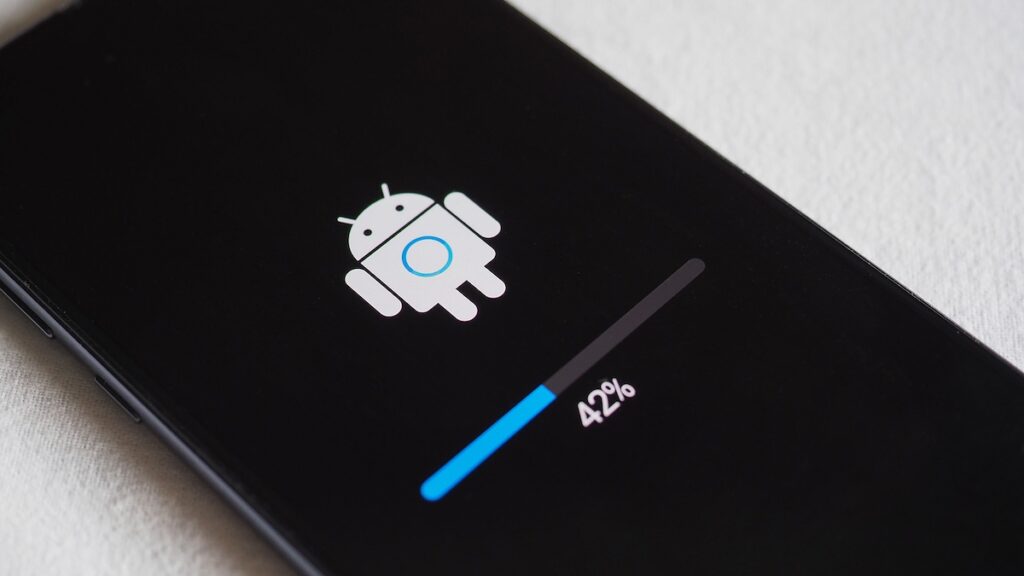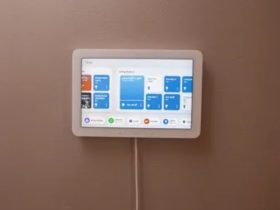Android 15 has been released to millions of Pixel devices, bringing a focus on security and privacy. However, two key features are notably missing. The first is a new mobile network security system designed to prevent identity tracking and interception, which requires deep integration between the modem and OS—something no phone currently supports, not even the Pixel 9.
The second feature, which will arrive later this year, is a live threat detection system through Google Play Protect that could block malicious apps on users’ devices by analyzing their behavior.
The imminent live threat detection feature is a critical update to Google Play Protect. It will monitor how apps use sensitive permissions and interact with other services. If suspicious behavior is detected, the app can be flagged for further inspection, and in cases of confirmed malicious intent, Google can either warn users or disable the app.
This new layer of security builds on the existing framework that scans billions of apps daily but adds real-time, on-device AI to enhance protection.
This update is particularly important in addressing a long-standing issue in the Android ecosystem: permission abuse by apps. Many apps request far more permissions than necessary, often gaining access to user’s sensitive data like photos, videos, and other private files.

A recent study by Cyber News highlighted this problem, finding that many popular apps abuse dangerous permissions, putting user privacy at risk. The new live detection feature is expected to monitor and curb such practices.
To further combat this, Google has implemented stricter policies on media access. Starting this year, apps must justify why they need broad access to photos and videos, or else they will be restricted.
While Google introduced the Photo Picker API in Android 13 to allow apps to access only specific media files, many developers have been slow to adopt it. Now, Google is forcing compliance, requiring developers to submit forms or risk being blocked from updating their apps.
This enforcement is already underway, with developers being notified to comply by the end of the year. Although there may be some leniency for apps that need more time, Google is taking a firm stance to protect users from permission abuse.
The combination of live threat detection and tighter restrictions on media access is part of a broader effort to improve security and clean up the Google Play Store, reducing the number of low-quality and high-risk apps available to Android users.







Leave a Reply